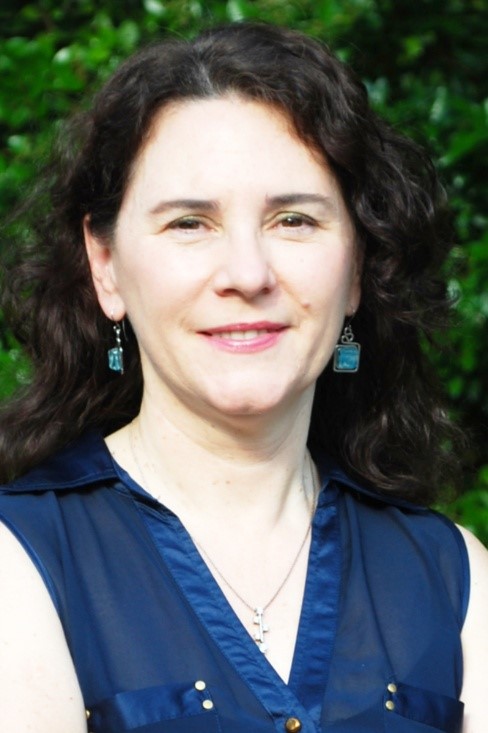Breakthrough in Structural Biology: Unveiling the Secrets of Bacterial Pili

Dr. Montserrat Samso and team’s Cryo-EM Research Sheds Light on Potential Therapeutic Targets
In significant advancement in the field of structural biology, Dr. Montserrat Samso, Dr. Miachel Donnenberg and their team have made groundbreaking discoveries regarding the structure of bacterial pili. The research article is titled “Cryo-Electron Microscopy of BfpB Reveals a Type IVb Secretin Multimer Adapted to Accommodate the Exceptionally Wide Bundle-Forming Pilus”. The first author of this research article, Dr. Janay Little, is a former PhD graduate from the Biochemistry and Molecular Biology program. This research, recently published in the journal MDPI Pathogens, focuses on the structural study of an ion channel involved in calcium homeostasis, with a particular emphasis on the bacterial protein complex known as secretin.
Dr. Samso, a structural biologist, and her lab utilize cryo-electron microscopy (cryo-EM) to achieve near-atomic resolution of proteins. Their primary goal is to understand the mechanisms underlying the regulation of ion channels and to visualize these channels within their native muscle cell environment. The precise timing in the opening and closing of these channels is critical, as any deviation can lead to disease.
One of the key challenges faced by Dr. Samso's team was the purification of the membrane protein secretin, which is essential for high-resolution cryo-EM. Despite the difficulties, sophisticated image processing enabled the most advanced 3D reconstruction of this protein to date. The team discovered that secretin has an unusually high order of rotational symmetry, which correlates with the wider pilus of the bacterial strain they studied.
Dr. Samso's research is highly significant as it provides valuable insights into the machinery involved in the biogenesis of bacterial pili, especially for bacterial pathogens. Understanding the structural aspects of pilus extrusion in enteropathogenic bacteria is a critical step toward developing future therapies.
In addition to her research, Dr. Samso recently presented her findings at the RYR-1-Related Diseases International Research Workshop in Pittsburgh. The workshop brought together scientists, medical doctors, and patients to discuss the impact of RyR1 mutations, which can lead to severe myopathies and malignant hyperthermia. Dr. Samso's work on the structural effects of RyR1 mutations and the binding site of the FDA-approved drug dantrolene was well-received.
The outcomes of this workshop have highlighted the urgency of continuing research in this area. Dr. Samso plans to incorporate a broader context of the disease in her ongoing projects, with the hope of developing effective treatments for RyR1-related myopathies.
Dr. Samso's dedication to her research and her contributions to the field of structural biology are paving the way for new therapeutic interventions and a deeper understanding of bacterial pathogenesis.
By Usha Mahawar
Department of CMGM
Email: ushasaraswat.mahawar@vcuhealth.org
Date: 1 August 2025